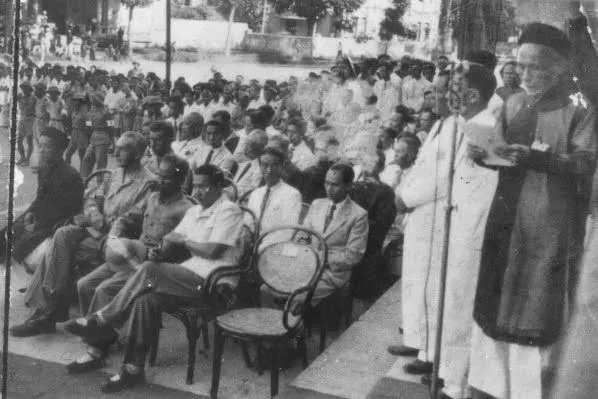
Mr. Ngo Tu Ha - the capitalist with the ox cart of love
The first general election of our country was held on January 6, 1946. In this election, our people elected 330 delegates. Of which, the Viet Minh had 120 delegates, the Democratic Party had 46 delegates, the Socialist Party had 24 delegates...
At the first session of the 1st National Assembly , Mr. Ngo Tu Ha, the oldest National Assembly delegate (64 years old), was elected Chairman of the General Assembly, joined the National Assembly Standing Committee and read the Declaration of the National Assembly of Vietnam on March 2, 1946.
Mr. Ngo Tu Ha (1882-1973) was born in Quy Hau village, Kim Son district, Ninh Binh province (he was the owner of Ngo Tu Ha printing house, where the first "Uncle Ho silver coins" were printed).
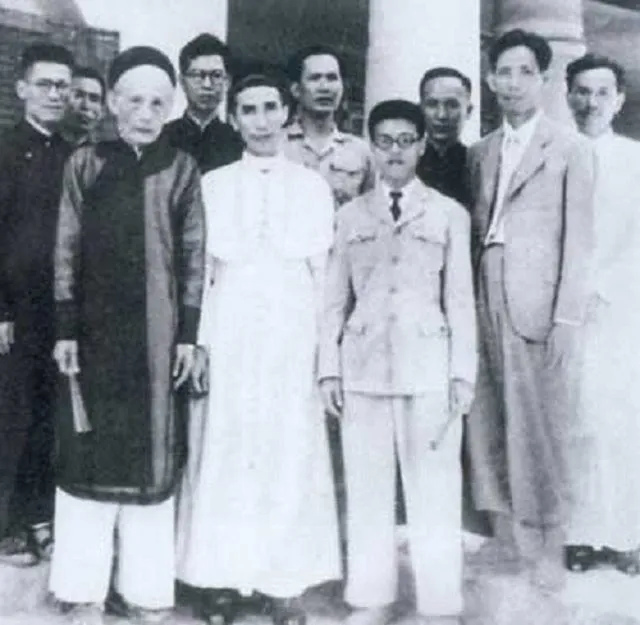
The huge amount of property that Mr. Ngo Tu Ha's family voluntarily donated to the State in 1960 surprised many people. The family only kept 200m² for living and worshiping, the rest is a series of valuable real estates in the center of Hanoi: house number 24-48 Ly Quoc Su and 2/12 Ngo Huyen (2,251m²), number 60 Nguyen Du (1,095m²), number 8 Ly Quoc Su (84m²), number 4, 339 Thinh Yen street (2,210m²), number 31 Hang Bong (182m²).
Not to mention the silent but great contributions in the pre-revolutionary period, despite the strict surveillance of the French colonialists. Ngo Tu Ha printing house was a trusted address for printing books and newspapers for patriotic intellectuals and scholars. He once held the position of Director of Dong Thanh Magazine and was a member of the Board of Directors. Nam Phong Newspaper, Member of Hanoi City Council and since 1945 member of Viet Minh Front.
His printing houses printed leaflets, revolutionary propaganda documents, the General Uprising Order of the National Liberation Committee and especially the Declaration of Independence of President Ho Chi Minh. This was also the place where the first banknotes of the Government of the Democratic Republic of Vietnam were printed.
It is even more precious when that fortune was built by the extraordinary will and intelligence of a poor young man from a parish. Mr. Ngo Tu Ha raised his young child alone, then packed his bags and went to Hanoi to start a business, building his fortune from scratch.
The image that left the deepest impression of the National Assembly delegate - patriotic capitalist Ngo Tu Ha - was at the time when the country was at its most famine-stricken, he personally pulled an ox cart along the streets around Hoan Kiem Lake, knocking on doors to collect rice, corn, and money for famine relief. When the cart full of rice arrived at the Opera House, he met Uncle Ho. The man was moved to hug him and pointed at the rice of all kinds, mixed in colors, and said: "This is the rice of great solidarity. Our country has many delicious types of rice, but now this is the most delicious type of rice."
Nguyen Son Ha – the founder of the Vietnamese oil painting industry
Starting from scratch in the port city of Hai Phong, businessman Nguyen Son Ha (1894–1980) is considered the founder of the oil paint industry in Vietnam. Orphaned at the age of 14, having to drop out of school early to help his family, the young Nguyen Son Ha worked for a French trading company, then moved to work at the Sauvage Cottu oil paint company in Hai Phong – where he was determined to learn French to read the owner's bookshelf, master Western paint making techniques and then create a Vietnamese oil paint company.
With the small capital he had earned from selling his bicycle, he opened a small shop specializing in painting, sign painting, and whitewashing – but inside he quietly experimented with making oil paint. Despite repeated initial failures, he was not discouraged. The Resistanco paint product, born from that hard work, was quickly accepted by consumers at home and abroad.
In 1920, at the age of 26, he opened a 7,000m² Gecko paint factory in Hai Phong, gradually exporting Resistanco to Indochina countries - despite competition and oppression from French traders.
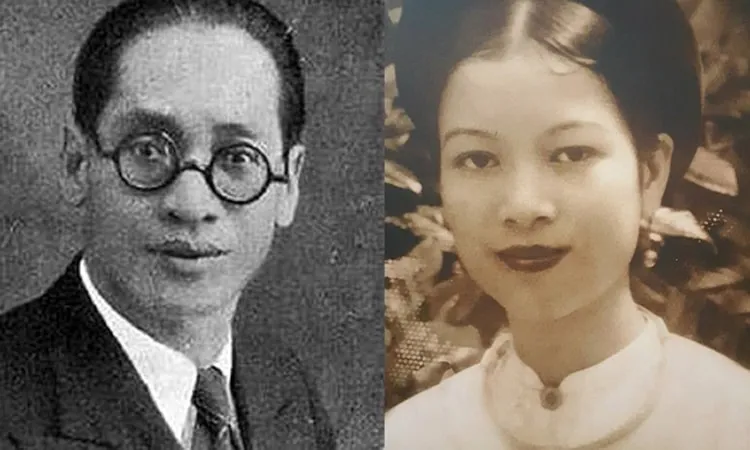
Not only was he a businessman, he was also a patriotic intellectual and an active social activist. After meeting Phan Boi Chau in 1939 in Hue, he became more deeply imbued with the national spirit. Upon returning, he ran for the Hai Phong City Council, joined the Tri Tri Association, the Anh Sang Association, founded the National Language Propagation Association, established the Relief Committee, and opened the Duc Anh School to educate orphans.
During the "Golden Week" of 1945, he and his family donated about 10.5 kg of gold to the revolution.
The big turning point in his life came when his eldest son – Nguyen Son Lam, Captain of the Hai Phong Self-Defense Force – sacrificed himself in the early days of the National Resistance War. Without hesitation, he decided to leave behind his entire business: paint factory, plantation, property… to bring his whole family to join the resistance.
After the August Revolution, he was elected to the first National Assembly of the Democratic Republic of Vietnam, representing Hai Phong. He continued to make many technical contributions to the resistance war with inventions serving the people and the army such as: insulating plastic fabric, carbon paper, printing ink, rain cover, cough medicine, dry food, etc.
After the resistance war against France, he returned to Hanoi and continued to be elected as a National Assembly delegate for the 2nd, 3rd, 4th and 5th terms. He died in 1980 in Hai Phong - where he started his career, grew up and spent his whole life.
Trinh Van Bo – 5,147 taels of gold for national independence
Mr. Trinh Van Bo (1914–1988) was born into a traditional business family in Hanoi. The youngest of three siblings, he was the son of Mr. Trinh Phuc Loi – a famous Vietnamese businessman in the early 20th century. In 1932, he married Ms. Hoang Thi Minh Ho – daughter of Mr. Hoang Dao Phuong, a Confucian scholar and wealthy merchant.
Thanks to the consensus of the couple, the family business continued to grow. By 1940, Trinh Van Bo's family was considered one of the richest families in Hanoi, owning a textile factory and large-scale real estate business.
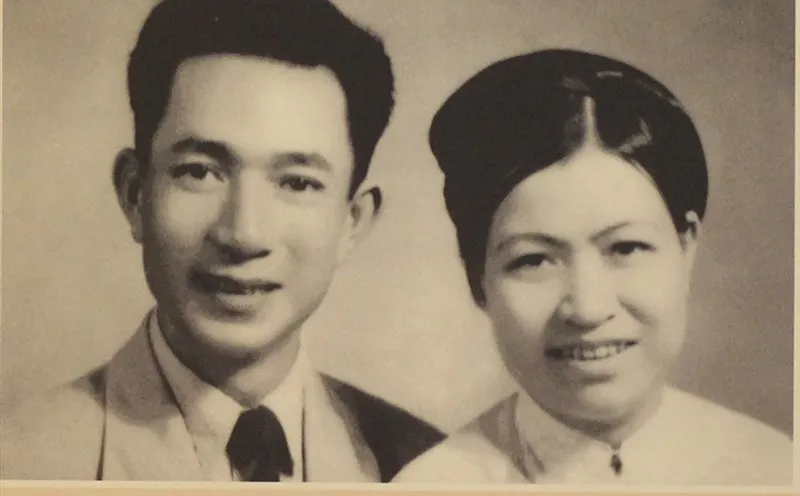
Few people know that the house at 48 Hang Ngang – where the Phuc Loi textile shop is located – is not only a bustling commercial center, but also a red address. The second floor of the house used to be the residence and workplace of many high-ranking leaders when the revolution was operating secretly in the inner city. Notably, it was here that President Ho Chi Minh drafted and completed the Declaration of Independence – the document that gave birth to the Democratic Republic of Vietnam.
In the fall of 1945, the newly established Provisional Government faced a short-term debt of 564 million Dong, while the treasury had only over 1.2 million Dong left, nearly half of which was torn money waiting to be destroyed. Faced with such a difficult situation, President Ho Chi Minh initiated the establishment of the Independence Fund and the “Golden Week” to collect financial and material donations from the people for the Government.
Responding to that sacred call, Mr. Trinh Van Bo's family donated 5,147 taels of gold, equivalent to 2 million Indochinese piastres - a huge amount at that time.
Not only that, Mr. and Mrs. Trinh Van Bo were also core members of the Golden Week Campaign Committee, mobilizing the business community and the people to contribute an additional 20 million Indochinese piastres and 370kg of gold to the Provisional Government. The words of Mrs. Hoang Thi Minh Ho when asked about that decision still resonate today.
“My husband and I have four hands and two brains. Even if we contribute everything, we will make it happen. But the independence of the Vietnamese people cannot be lost, because once lost, when will the next generation get it back?”, Ms. Trinh Thi Minh Ho explained her family’s decision.
After the August Revolution, Mr. Trinh Van Bo’s family left their entire business to join the resistance war in the war zone. It was not until 1955 that he and his wife returned to Hanoi. He was then appointed Vice Chairman of the Hanoi City Administrative Committee – a position he held until his retirement.
Phuc Loi Fabric Shop at 48 Hang Ngang – the place associated with the historic moment of the Declaration of Independence – has now become a national historical relic. In December 2018, with the approval of 100% of the Hanoi People's Council delegates, a street in Nam Tu Liem District (now Xuan Phuong Ward, Hanoi) was named Trinh Van Bo – as a worthy tribute to a national capitalist who devoted his whole life to the revolution.
Source: https://www.sggp.org.vn/quoc-hoi-khoa-i-va-dau-an-cua-nhung-doanh-nhan-yeu-nuoc-post810432.html



![[Photo] Parade blocks pass through Hang Khay-Trang Tien during the preliminary rehearsal](https://vphoto.vietnam.vn/thumb/1200x675/vietnam/resource/IMAGE/2025/8/27/456962fff72d40269327ac1d01426969)
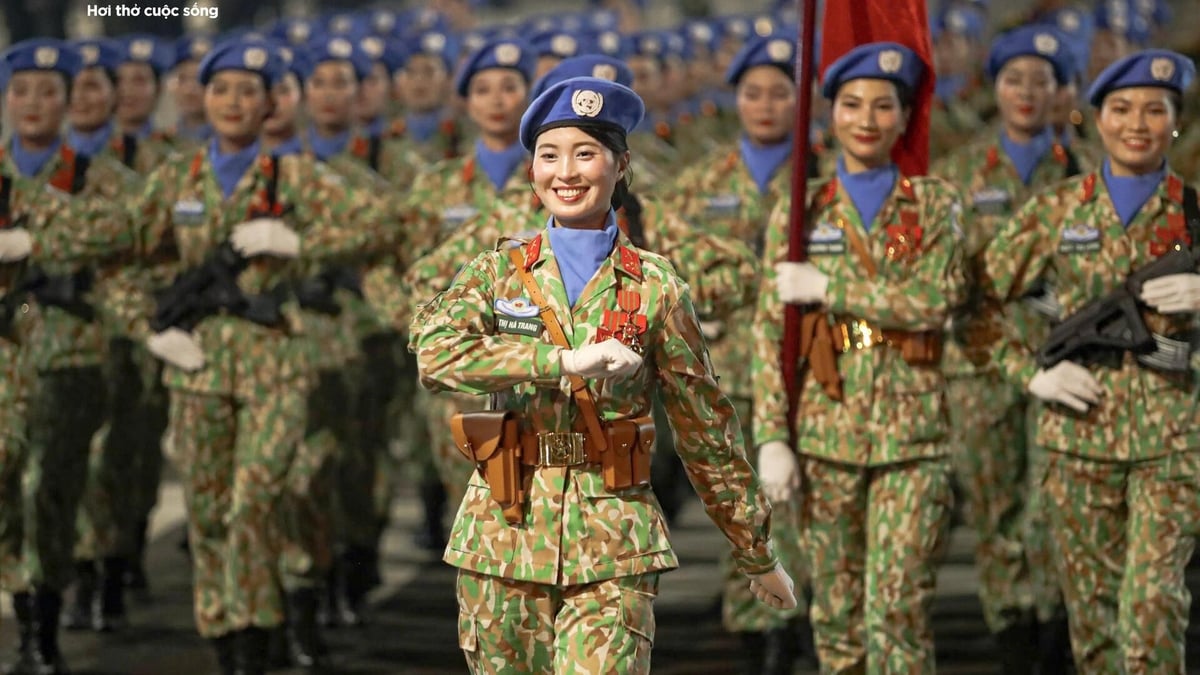
![[Photo] Images of the State-level preliminary rehearsal of the military parade at Ba Dinh Square](https://vphoto.vietnam.vn/thumb/1200x675/vietnam/resource/IMAGE/2025/8/27/807e4479c81f408ca16b916ba381b667)
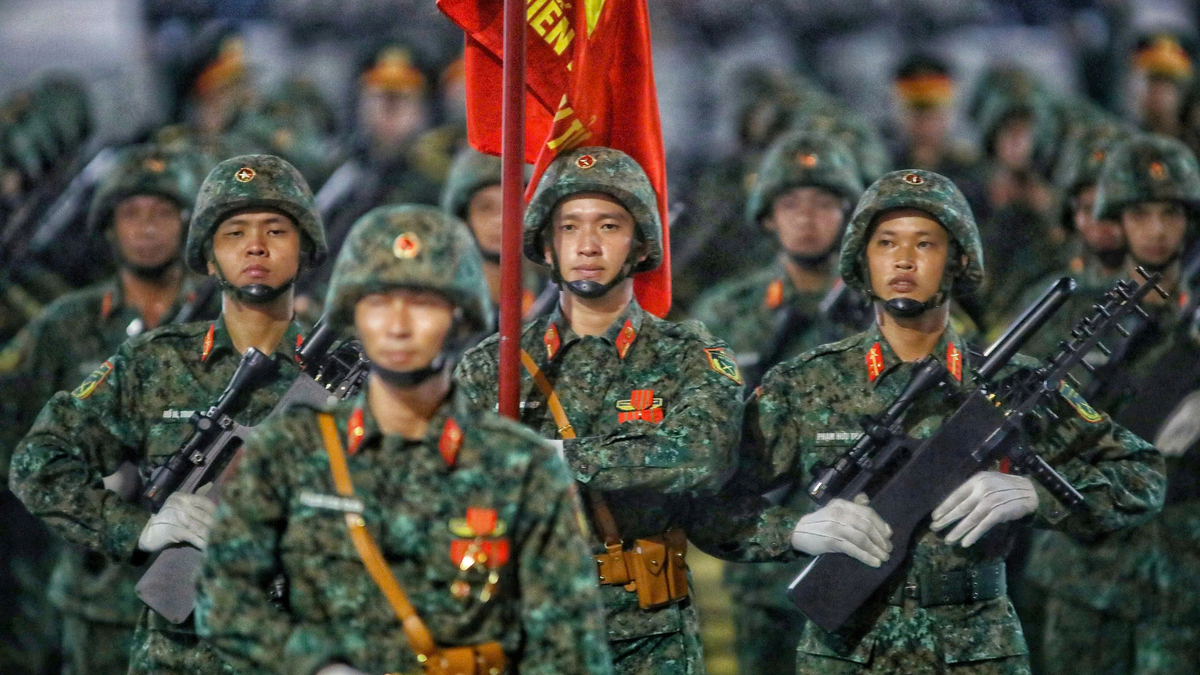
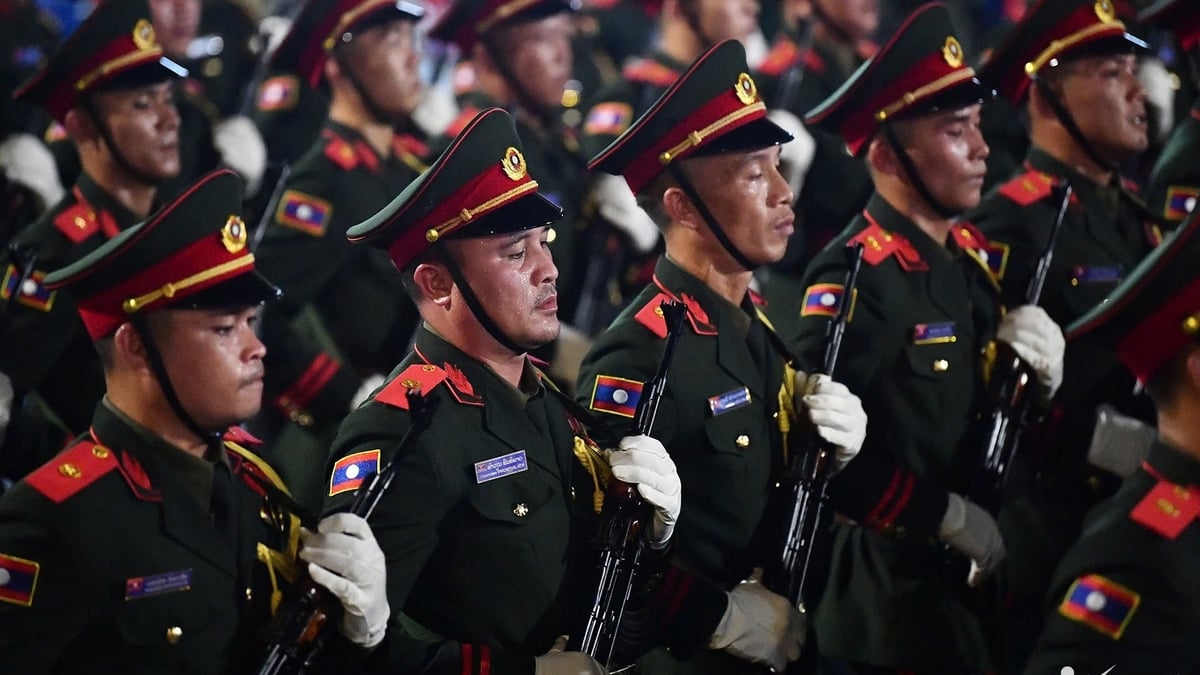
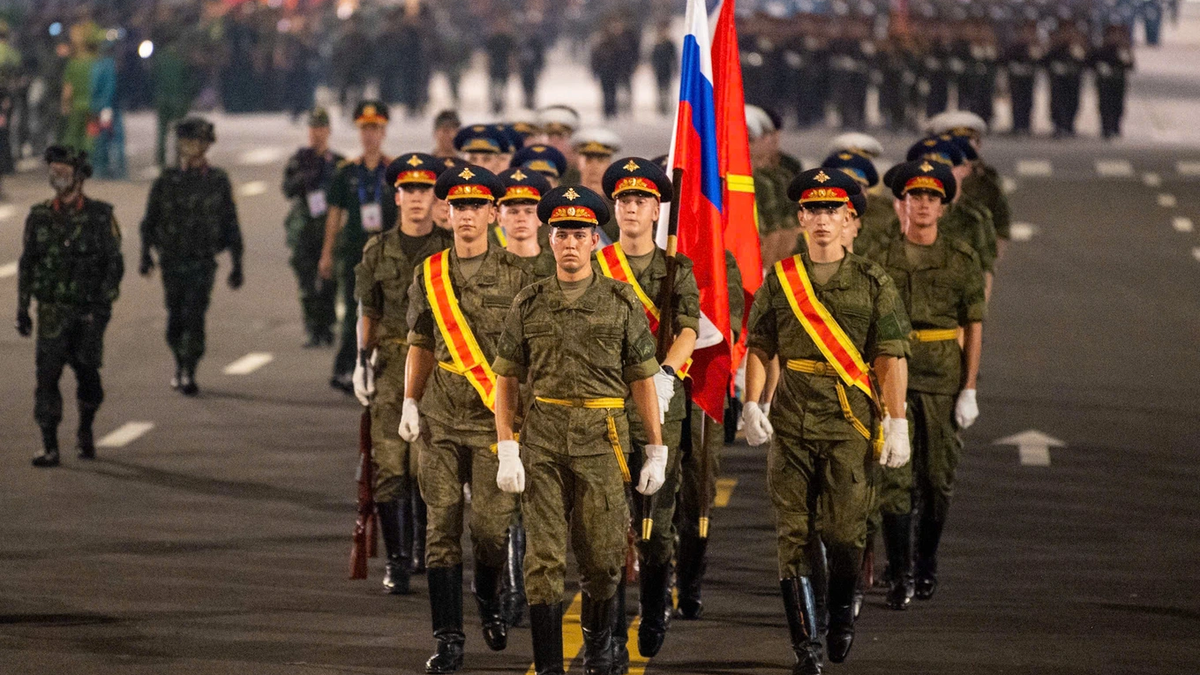
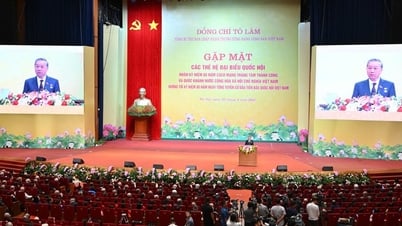

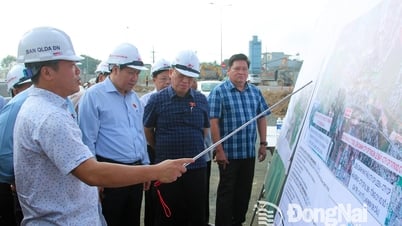

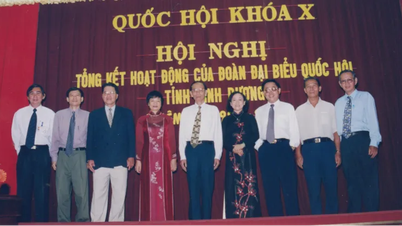
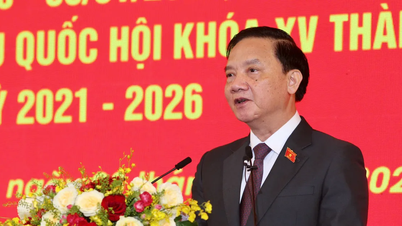
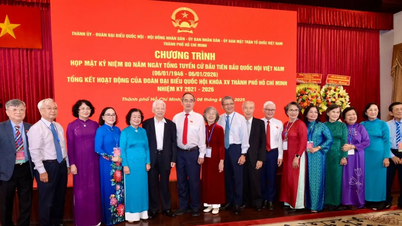
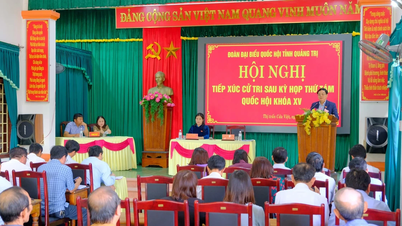

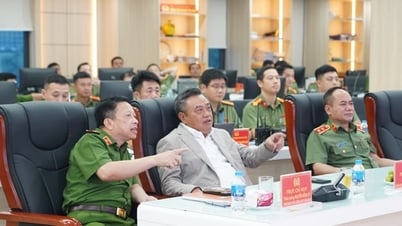

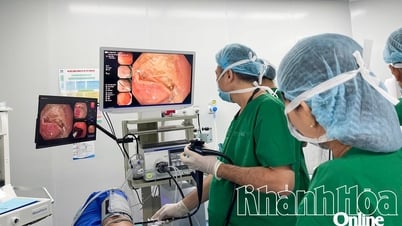




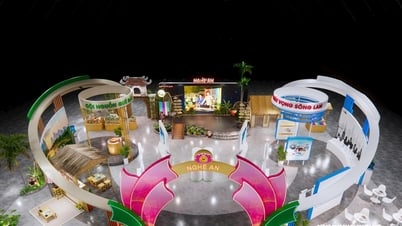







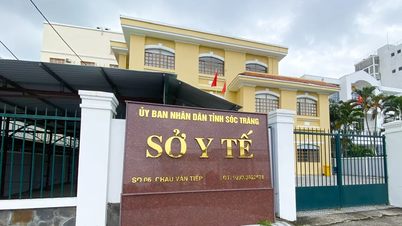



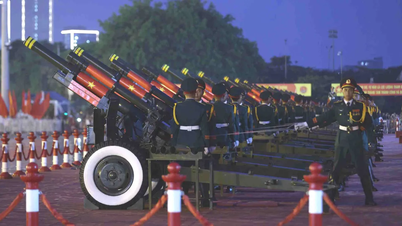
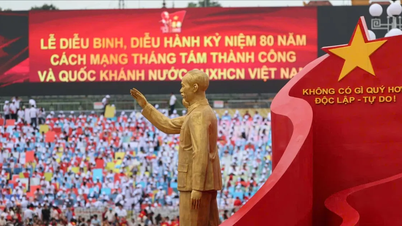


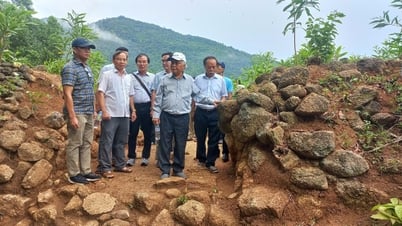




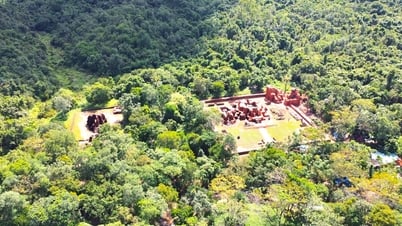

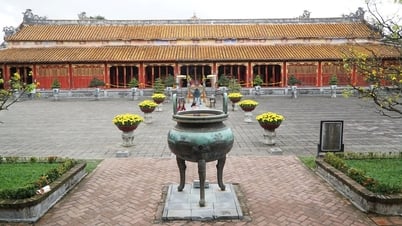
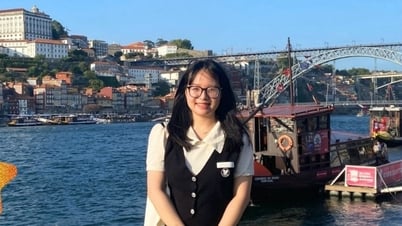

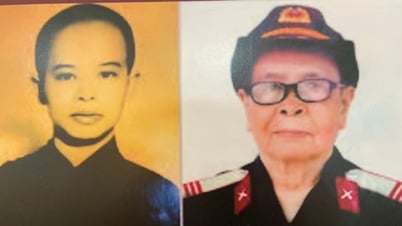

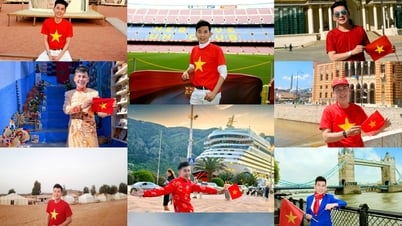


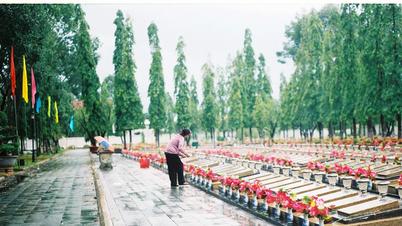
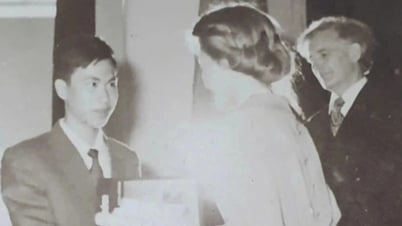



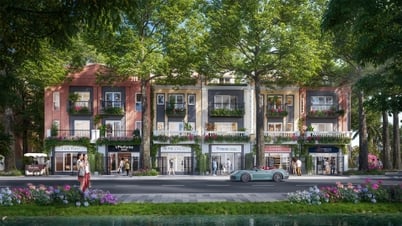

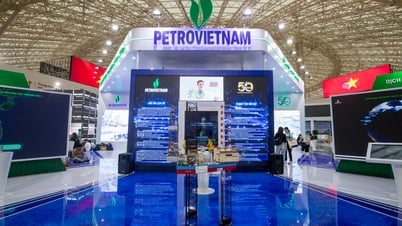
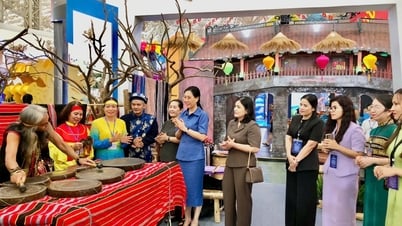
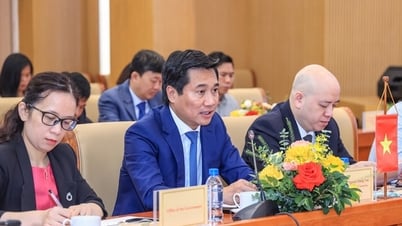



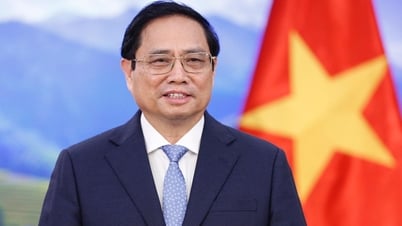
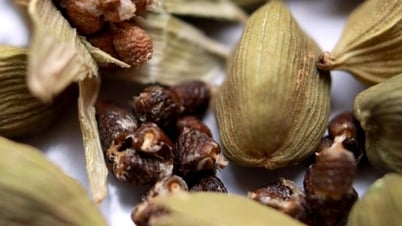
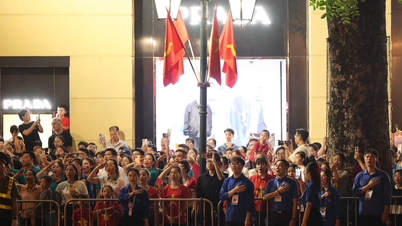

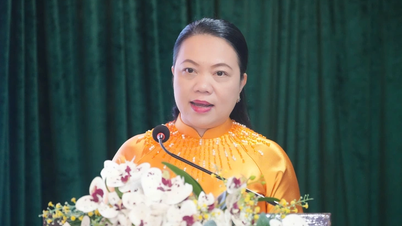
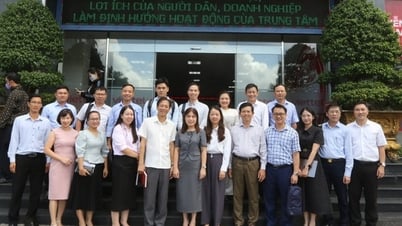

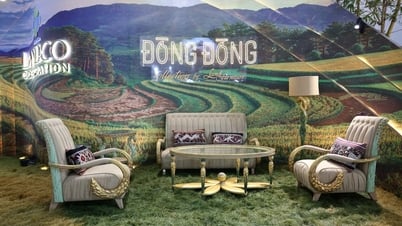

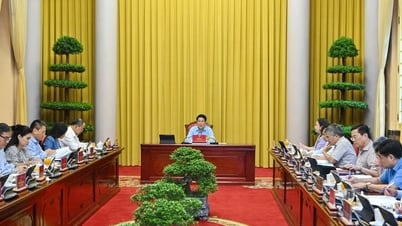

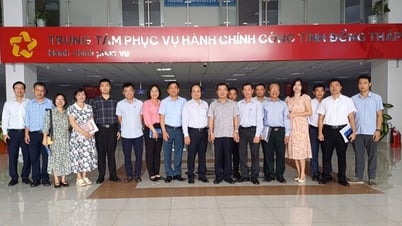
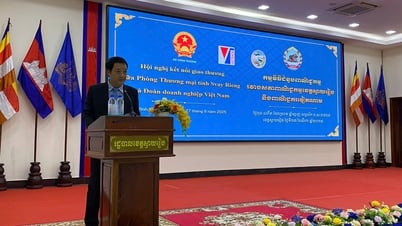
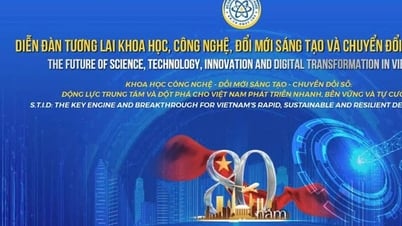


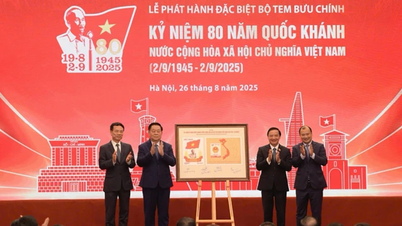
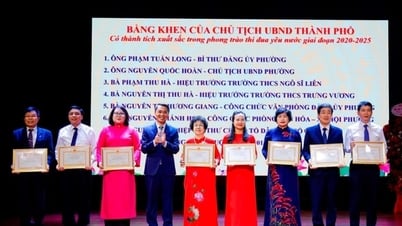

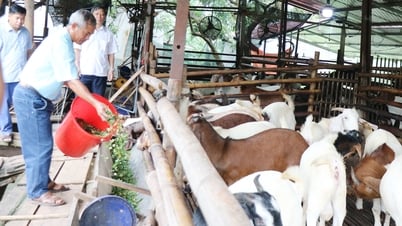

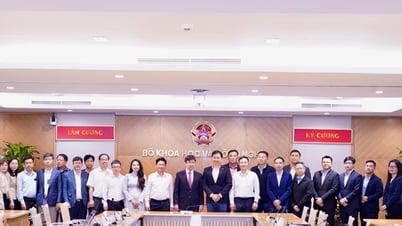


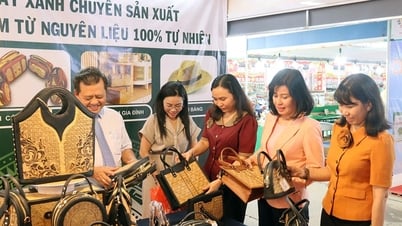
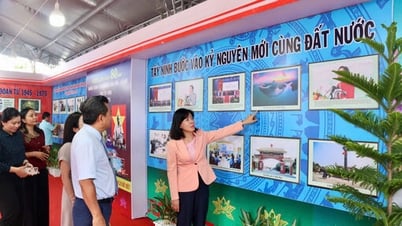






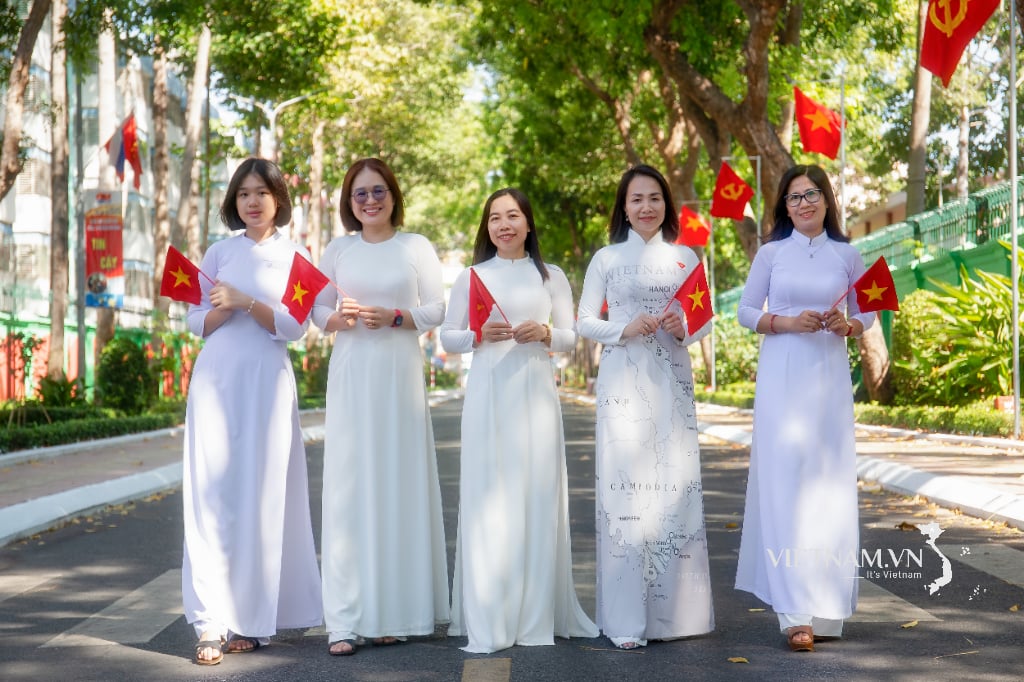
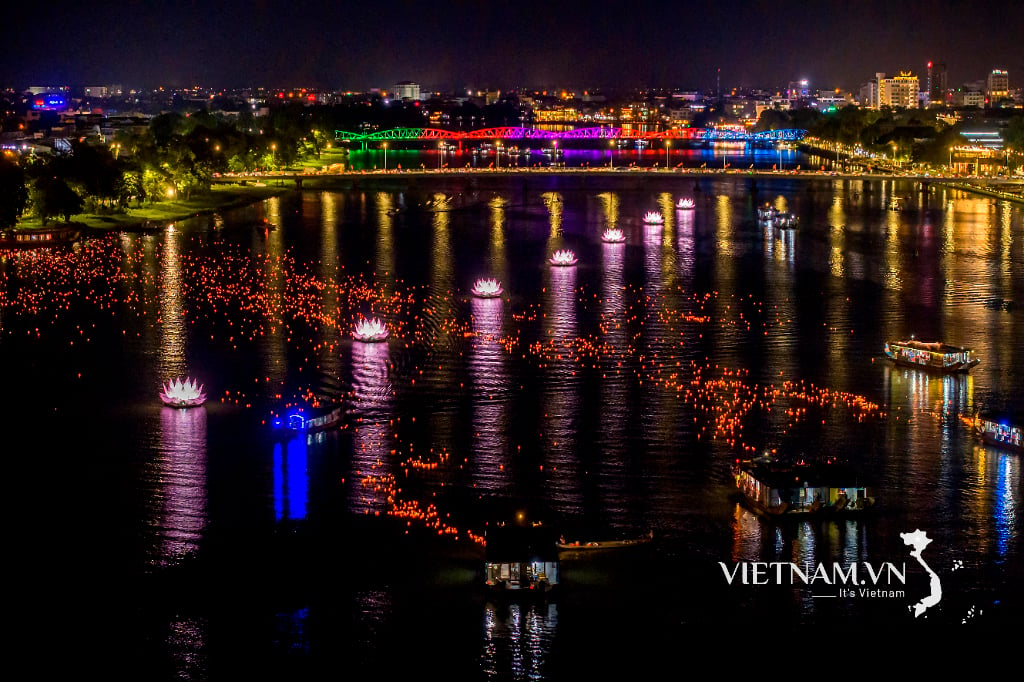

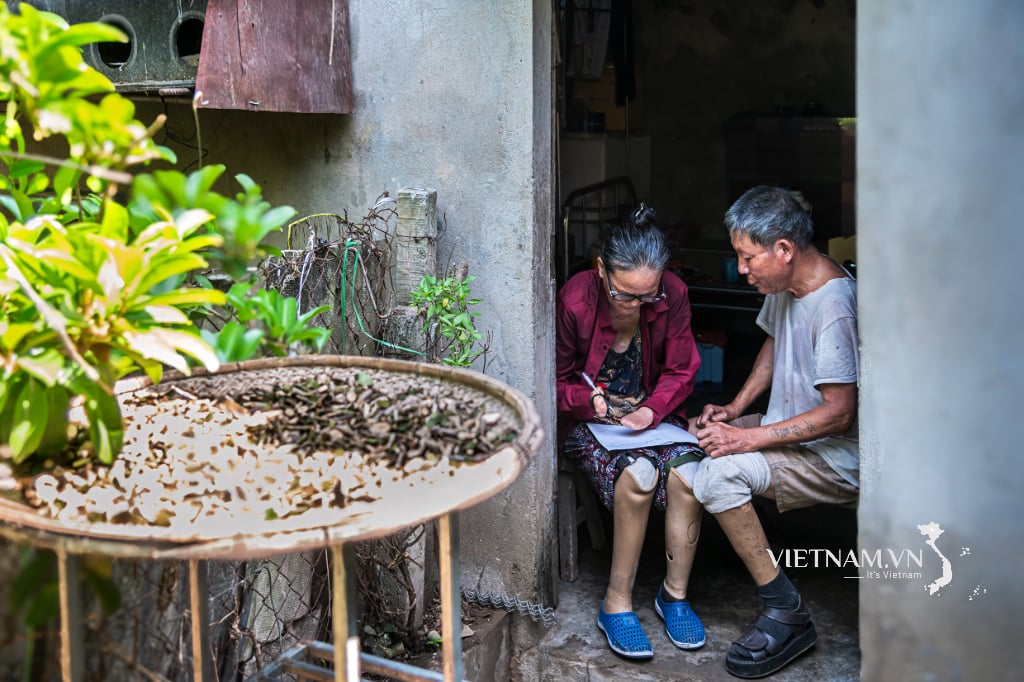
Comment (0)